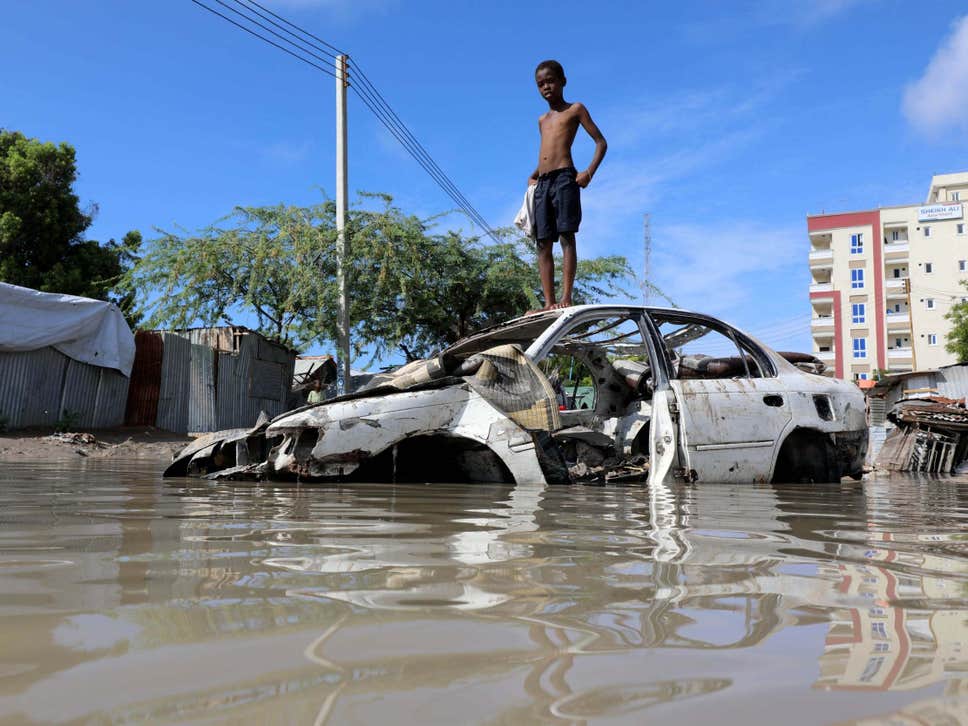Mogadishu(SONNA)- Higher than usual rains are expected to continue throughout November and December.
This is according to the Intergovernmental Authority on Development Climate Prediction and Applications Centre.
The Centre is a specialised Igad institution that covers Igad members states
Djibouti, Ethiopia, Eritrea, Kenya, Somalia, Sudan, South Sudan and Uganda plus Tanzania, Rwanda and Burundi.
The mission of the Centre is to build the resilience of communities in the greater Horn of Africa through the provision of quality climate services.
The forecast shows that a tropical storm named KYARR has been developing in the northern Indian Ocean.
“The Indian Ocean Dipole is in one of its strongest positive states since 2006. In this state, warm moist air flows westwards inland increasing the likelihood of higher rainfall over East African countries,” the forecast indicates.
Although it is difficult to attribute the source of any floods or other weather impacts to a single cause, the heavy rains currently experienced in the region are likely associated with this positive Indian Ocean Dipole state.
“These heavy rains and flooding have already led to losses in property and livelihoods in parts of Ethiopia, Somalia, South Sudan, and Kenya.”
“According to our monthly and seasonal forecasts, higher than usual rains are expected to persist throughout November and December. We encourage all stakeholders to take the necessary measures to mitigate the potential impacts” Abubakr Babiker, a climate scientist at ICPAC, said.
Overall, the current forecast presents positive prospects for increased crop yields for major cereals in the equatorial and southern agricultural areas of the region as well as improvement in pasture, range and water resources for livestock.
In the northern parts of the region where the crops were in advanced stages of maturity, the increased rainfall activity poses the risk of interrupting crop maturation and harvesting.
The risk of flooding is high and wet conditions might increase the risk of crop fungal and bacterial disease outbreaks, and livestock diseases such as Rift Valley Fever in disease-prone regions.
“If the wet conditions continue beyond November – December, the usual cessation dates, there may be challenges with harvesting and post-harvest crop management, and this could lead to significant post-harvest losses in both grain quality and volume.”
The seasonal forecast released by ICPAC at the end of August indicated above normal rainfall during this season across the majority of the region
ICPAC said precautionary measures must be taken to mitigate risks associated with floods, flash floods and damage to infrastructure.
ICPAC Services cover six main sectors, that include climate forecasting and early warning, hydrology, agriculture and food security, climate change, environmental monitoring, disaster risk management and climate information dissemination.
Source: The Star





